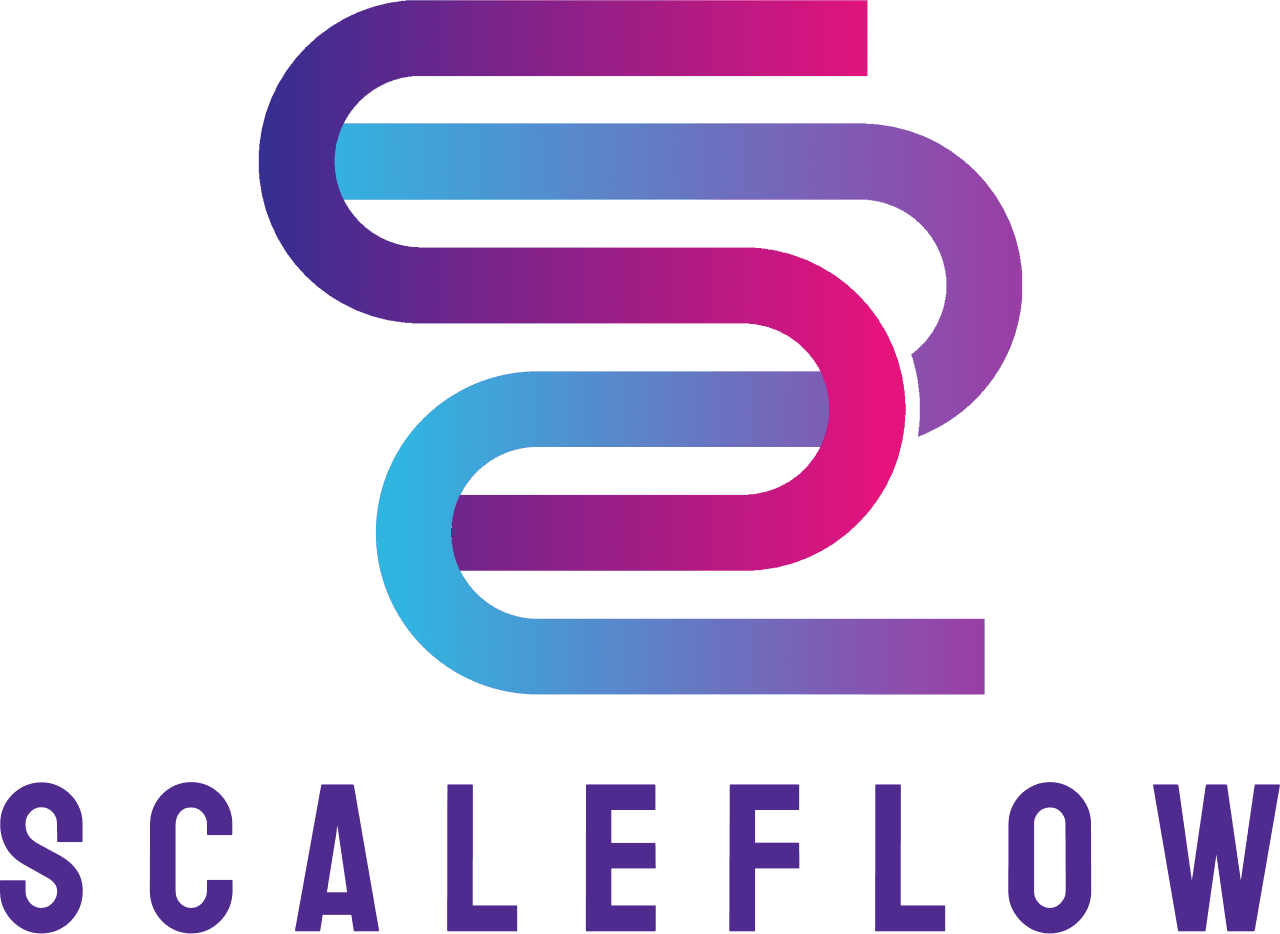Custom Integrations: Building a Seamless Automation Stack with ScaleFlow
Understanding Custom Integrations
In today's fast-paced digital landscape, businesses often face the challenge of managing multiple software applications. While each tool serves a unique purpose, the true power lies in their ability to work together seamlessly. This is where custom integrations come into play, enabling businesses to automate workflows and enhance productivity.
Custom integrations allow you to connect disparate systems, providing a unified experience that enhances efficiency. By working with platforms like ScaleFlow, businesses can create an automation stack tailored to their specific needs. This not only saves time but also reduces the risk of manual errors.

The Role of ScaleFlow in Automation
ScaleFlow is a powerful platform designed to facilitate seamless integrations between various software applications. It acts as a bridge, enabling smooth data transfer and communication between systems. This ensures that your business processes run without a hitch, allowing you to focus on strategic growth.
With ScaleFlow, businesses can leverage pre-built connectors or develop custom ones tailored to their unique requirements. This flexibility is crucial for creating an efficient and scalable automation stack that evolves with your business.

Benefits of Using Custom Integrations
Implementing custom integrations with ScaleFlow offers numerous advantages:
- Improved Efficiency: Automate repetitive tasks and reduce manual intervention.
- Data Consistency: Ensure accurate and up-to-date information across all platforms.
- Scalability: Easily adapt to changing business needs with flexible integrations.
Building Your Automation Stack
Creating an effective automation stack involves understanding your business processes and identifying areas that can benefit from automation. Start by mapping out the workflows that can be streamlined through integrations.
Next, determine the key software applications that need to be connected. With ScaleFlow, you can explore various integration options, whether they are pre-built connectors or customized solutions designed specifically for your operations.

Steps to Implement Custom Integrations
Here are some essential steps to consider when implementing custom integrations with ScaleFlow:
- Identify Integration Needs: Assess which systems require integration and the specific data flows needed between them.
- Select the Right Tools: Choose software that complements your existing infrastructure and meets your automation goals.
- Test Thoroughly: Conduct rigorous testing to ensure that integrations work as intended and do not disrupt existing processes.
Overcoming Integration Challenges
Despite the numerous benefits, implementing custom integrations can present challenges, such as compatibility issues or data security concerns. To overcome these obstacles, it is essential to work with a platform like ScaleFlow that offers robust support and comprehensive documentation.
Additionally, involving IT professionals during the planning and implementation phases can help address potential technical hurdles effectively. By taking a proactive approach, businesses can ensure a smooth transition to an automated environment.

The Future of Business Automation
As technology continues to evolve, so will the opportunities for business automation. Custom integrations will play a pivotal role in shaping the future of how organizations operate, offering unprecedented levels of efficiency and adaptability.
By leveraging platforms like ScaleFlow, businesses can stay ahead of the curve and build an automation stack that supports innovation and growth. Embracing these advancements will be key to maintaining a competitive edge in the digital age.
